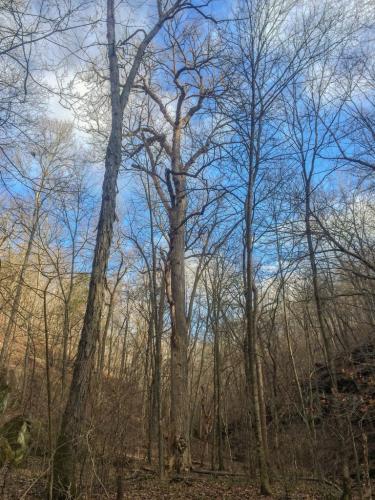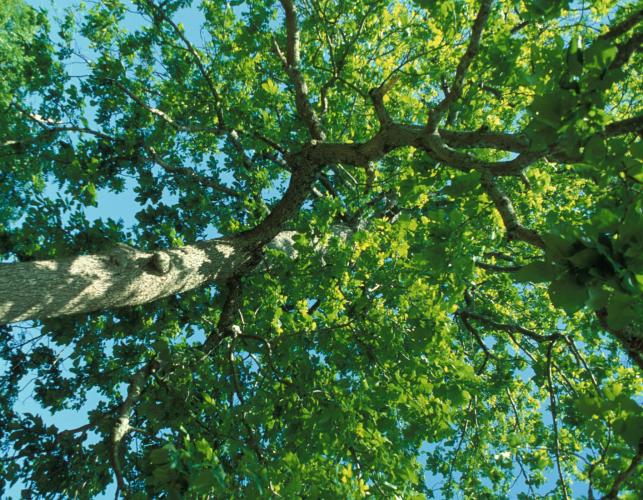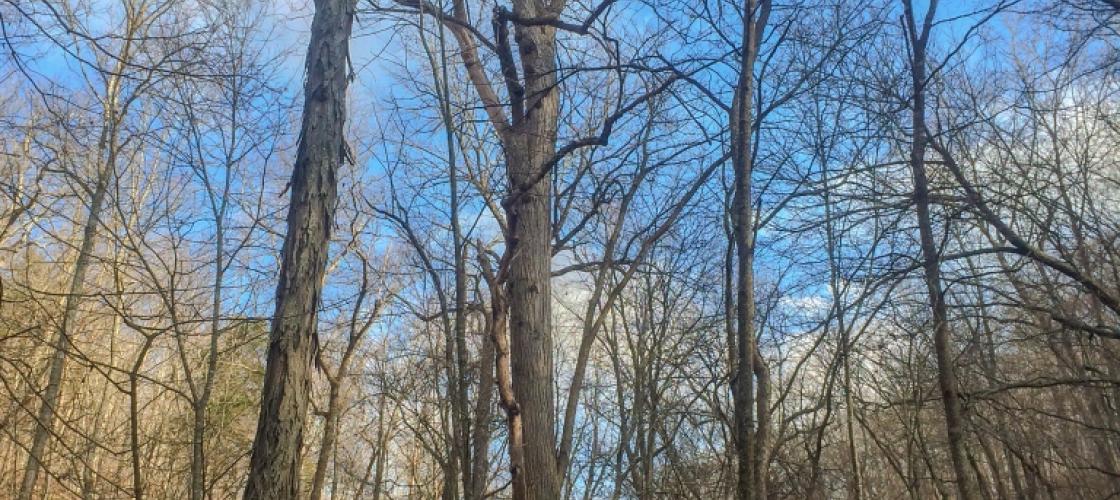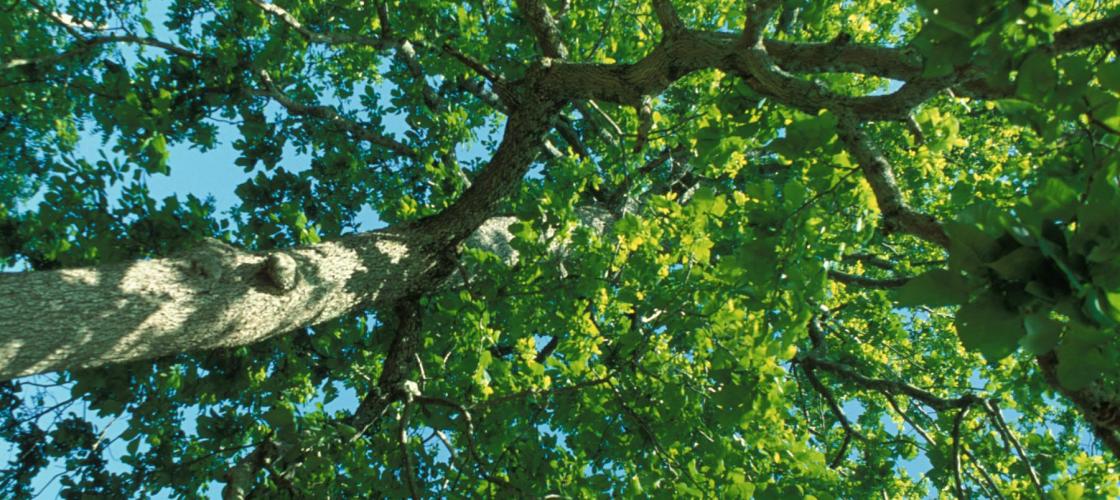Body shape: We’re always trying to change it, even rearrange it! But our friends can easily identify us by that unique individual silhouette–the one the mirror always tells us the truth about!
Just like us, a tree has a unique silhouette that without the leafy green of summer, stands out in contrast to the winter sky.
Open areas are the best places to observe tree silhouettes. The tops of trees, called crowns, develop characteristic shapes when they’re not competing with the nearby trees for sunlight, moisture and space. In crowded conditions, trees grow taller and thinner with restricted crowns.
Maples are the stocky ones of the bunch, having short trunks and overall round or oval crowns. Their branches, however, are fine-textured, and look light and feathery. Elms are among the glamorous. Shaped like a fine wine glass, they have long, single trunks that divide into large, spreading limbs. And yes, there’s always the perfect, symmetrical pin oak. Pin oaks are very symmetrical and nearly triangular. Their upper branches ascend and lower branches droop.
Tree Terms
Here’s a shortlist of tree terminology you should know:
- Pith: the soft, sponge-like material at the center of a stem or branch
- Compound leaves: Trees with this characteristic bear multiple leaflets in a variety of patterns and numbers according to species.
- Rachis: the stem-like formation that holds the leaflets of a compound leaf
- Opposite branching: Trees with this characteristic bear their leaves and twigs in opposite positions on the stem.
- Zigzag twig conformation: Trees with this characteristic do not have a bud at the end of the stem.
Find out how to use these terms and identify trees in the MDC Field Guide.




Recent Posts
























